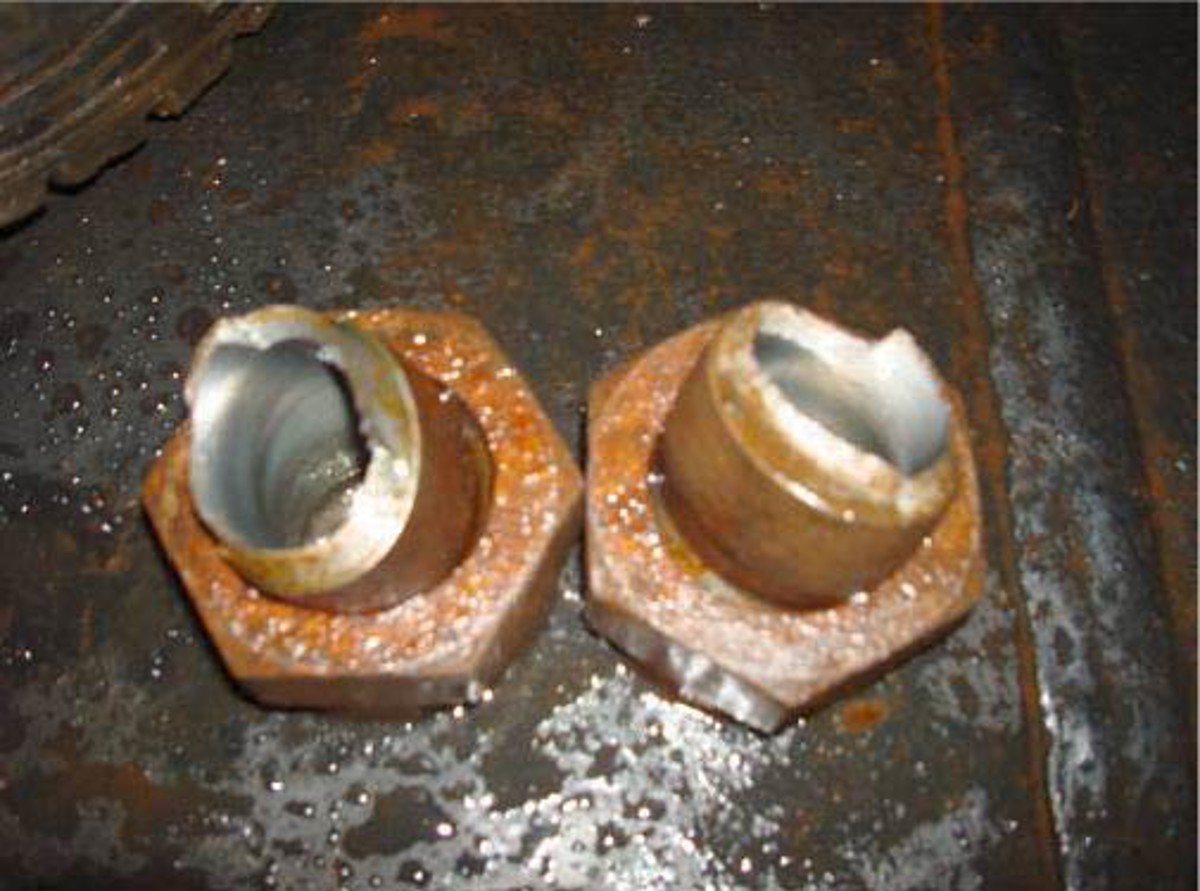Unplanned release of 960 litres of hydraulic oil
- Safety Flash
- Published on 16 January 2015
- Generated on 13 July 2025
- IMCA SF 01/15
- 3 minute read
Jump to:
A Member has reported an incident which there was an unplanned release to the environment of 960 litres of hydraulic oil.
The incident occurred during piling operations when a hydraulic hose parted from the hammer being used for the operations. After successfully installing a driven pile, the hammer was removed from the pile fast frame and the vessel transited to the next pile being installed. As per company procedure the hammer was raised 50 metres above the seabed and suspended on the vessel main crane.
During the transit the ROV pilot noticed the main hammer supply umbilical line, which runs from deck to the hammer, tighten rapidly. An ‘all stop’ was called and on closer inspection by the ROV it was confirmed that oil was leaking from the umbilical. The piling contractor isolated the hose and oil tank supplying the hammer. Both the hammer and its supply umbilical were then recovered to deck.

damage to couplings

damage to hose
Findings
Our member’s investigation found that the crane driver had unintentionally activated the crane controls resulting in the crane paying out the hook at 10 metres per minute. This caused the hammer to lower and in turn tightened the hose/umbilical running from the vessel to depth. The effect of the hammer being lowered caused the hose to tighten and part from the hammer at the coupling and also snapped the restraint chain in the process. This resulted in the loss of 960 litres of hydraulic oil.
Action
The following mitigation measures were identified following the incident:
- Piling contractor to evaluate the use of biodegradable oil for future use.
- A standby switch for enabling crane controls to be activated when the crane was in prolonged periods of inactivity.
- Supervisor to inform crane driver when crane is likely to be inactive for a long period.
- During periods of crane inactivity random communications checks to be carried out with the crane driver.
- A reminder circulated that hydraulic hoses should be immediately isolated in the event of a loss in pressure.
- ROV to be effectively positioned to observe the hammer and hydraulic hoses.
- Clear and robust communications system installed to the pile spread control cabin (VHF and telephone back up).
- Pile spread supplier to investigate the use of a self-closing safety valve and alarm system.
- A sensor in the oil supply tank set to minimise the loss of oil (vessel movement taken into account).
- High-vis tape/paint to be attached to the umbilical / hose to aid ROV visual identification.
Related safety flashes
-
IMCA SF 16/14
3 October 2014
-
IMCA SF 11/11
27 October 2011
IMCA Safety Flashes summarise key safety matters and incidents, allowing lessons to be more easily learnt for the benefit of the entire offshore industry.
The effectiveness of the IMCA Safety Flash system depends on the industry sharing information and so avoiding repeat incidents. Incidents are classified according to IOGP's Life Saving Rules.
All information is anonymised or sanitised, as appropriate, and warnings for graphic content included where possible.
IMCA makes every effort to ensure both the accuracy and reliability of the information shared, but is not be liable for any guidance and/or recommendation and/or statement herein contained.
The information contained in this document does not fulfil or replace any individual's or Member's legal, regulatory or other duties or obligations in respect of their operations. Individuals and Members remain solely responsible for the safe, lawful and proper conduct of their operations.
Share your safety incidents with IMCA online. Sign-up to receive Safety Flashes straight to your email.